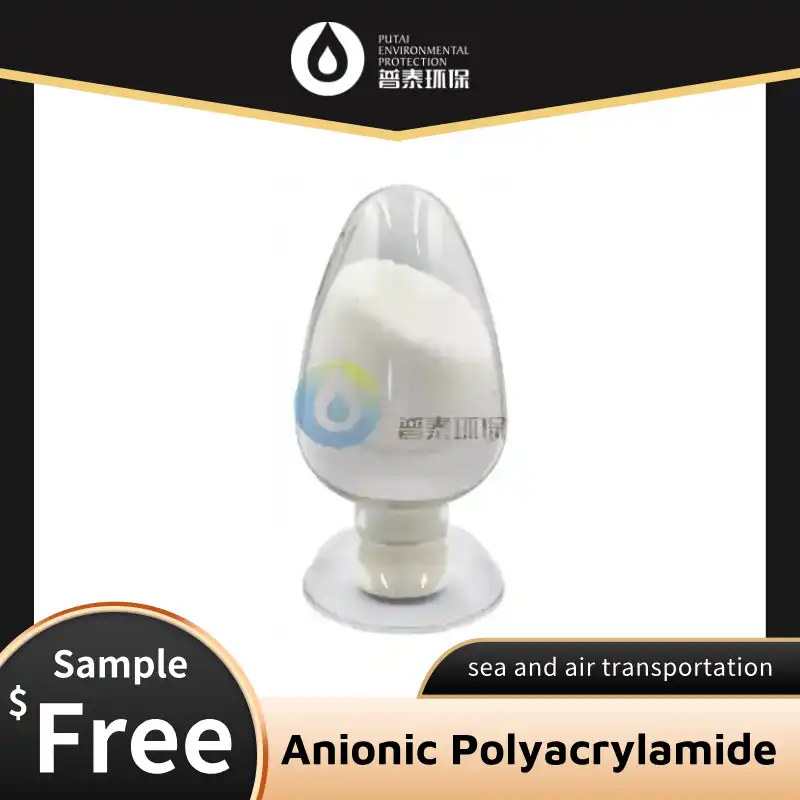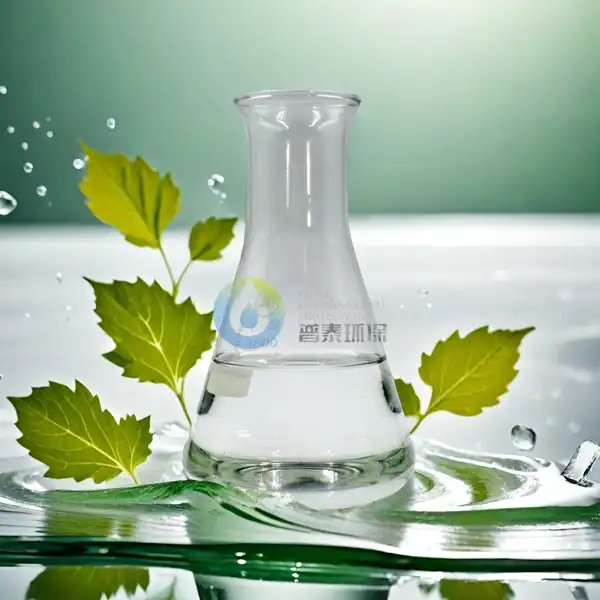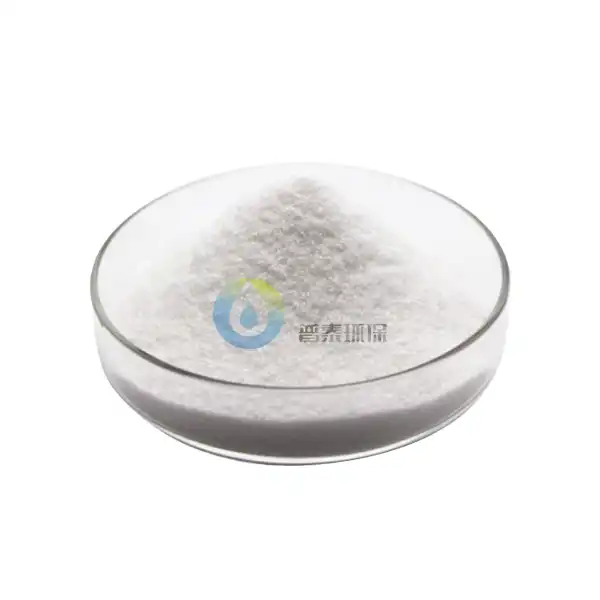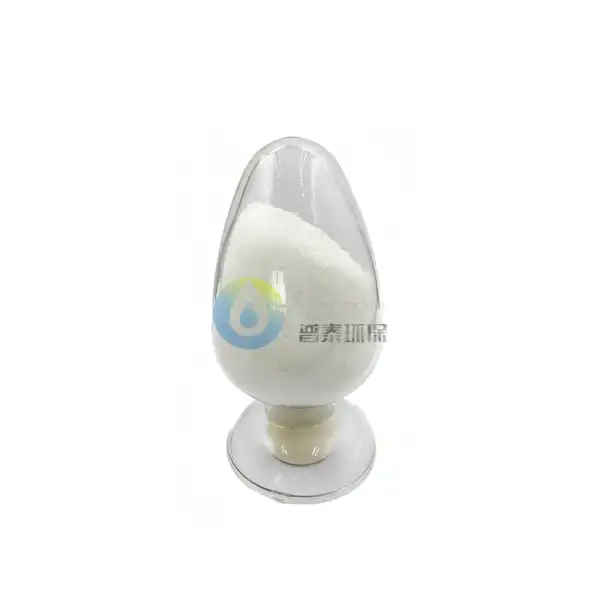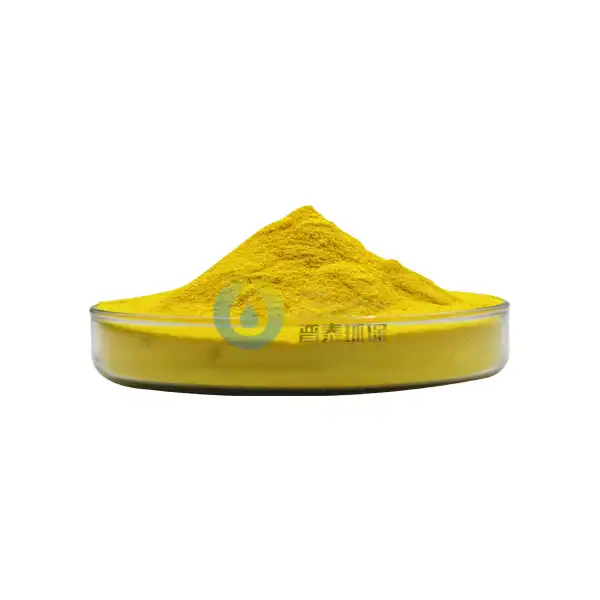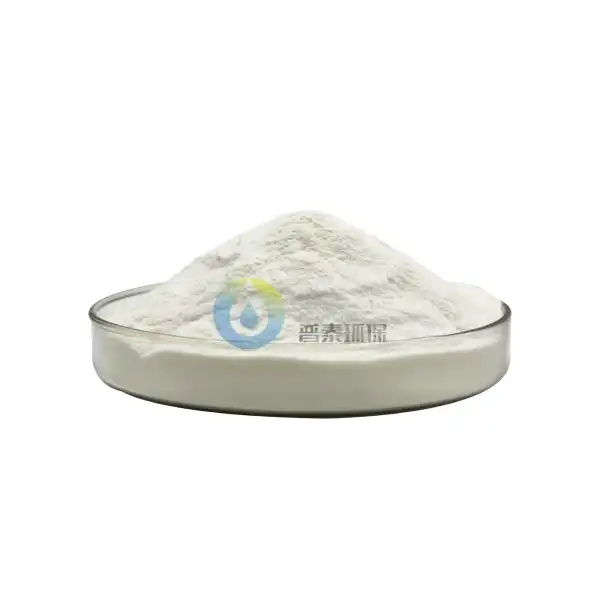Can Polyaluminum Chloride be used in the treatment of oily wastewater?
In the realm of wastewater treatment, the challenge of effectively managing oily wastewater has long been a concern for industries and environmental agencies alike. As we seek innovative solutions to address this issue, one question that arises is: Can Polyaluminum Chloride be used in the treatment of oily wastewater? This blog post delves into the potential of Polyaluminum Chloride Raw Material Aluminum Hydroxide (PAC), a chemical compound derived from aluminum hydroxide, as a treatment option for oily wastewater. We'll explore its properties, applications, and effectiveness in tackling this specific type of water contamination.
What are the advantages of using Polyaluminum Chloride in oily wastewater treatment?
Enhanced coagulation and flocculation properties
Polyaluminum Chloride Raw Material Aluminum Hydroxide, synthesized from aluminum hydroxide raw material, exhibits exceptional coagulation and flocculation properties that make it particularly effective in treating oily wastewater. The unique molecular structure of PAC allows it to form large, stable flocs that can effectively trap and remove oil particles from water. This enhanced coagulation process is especially beneficial when dealing with emulsified oils, which are notoriously difficult to separate from water using conventional methods. The use of PAC in oily wastewater treatment can lead to improved clarity of the treated water, reduced turbidity, and a significant decrease in oil content. Furthermore, the rapid floc formation characteristic of PAC contributes to faster settling times, which can increase the overall efficiency of the treatment process.
Lower dosage requirements compared to traditional coagulants
One of the notable advantages of using Polyaluminum Chloride in oily wastewater treatment is its lower dosage requirements compared to traditional coagulants. This efficiency can be attributed to the pre-polymerized nature of PAC, which is derived from aluminum hydroxide raw material through a controlled manufacturing process. The pre-polymerization results in a more reactive and effective coagulant, capable of achieving the same or better results with smaller quantities. This lower dosage requirement not only translates to cost savings for treatment facilities but also reduces the volume of chemical sludge produced during the treatment process. The reduced sludge production is particularly beneficial in oily wastewater treatment, as it simplifies the subsequent sludge management and disposal processes, further contributing to the overall efficiency and environmental friendliness of the treatment system.
Broader pH range effectiveness
Polyaluminum Chloride, derived from aluminum hydroxide raw material, demonstrates effectiveness across a broader pH range compared to many traditional coagulants used in wastewater treatment. This characteristic is particularly advantageous when dealing with oily wastewater, as the pH of such effluents can vary significantly depending on their source and composition. The ability of PAC to maintain its coagulation efficiency across a wide pH spectrum (typically between 4.5 and 9.5) means that it can be applied to a diverse range of oily wastewater streams without the need for extensive pH adjustment. This broader pH range effectiveness not only simplifies the treatment process but also reduces the need for additional chemicals for pH correction, leading to more streamlined and cost-effective oily wastewater treatment operations.
How does Polyaluminum Chloride compare to other coagulants in oily wastewater treatment?
Comparison with aluminum sulfate (alum)
When comparing Polyaluminum Chloride Raw Material Aluminum Hydroxide (PAC) to aluminum sulfate (alum) in the context of oily wastewater treatment, several key differences emerge. PAC, derived from aluminum hydroxide raw material, generally outperforms alum in terms of coagulation efficiency and sludge reduction. The pre-polymerized structure of PAC allows for faster floc formation and stronger flocs, which are particularly beneficial when dealing with the complex nature of oily wastewater. In contrast, alum tends to produce more voluminous and less compact sludge, which can be challenging to manage and dispose of. Additionally, PAC demonstrates superior performance in cold water conditions and requires less pH adjustment, making it a more versatile choice for oily wastewater treatment across various environmental conditions. The higher charge neutralization capacity of PAC also contributes to its effectiveness in removing emulsified oils, a common challenge in oily wastewater treatment.
Comparison with ferric chloride
In the realm of oily wastewater treatment, Polyaluminum Chloride (PAC) and ferric chloride each have their own strengths and limitations. PAC, produced from aluminum hydroxide raw material, generally produces less sludge compared to ferric chloride, which can be a significant advantage in terms of disposal costs and environmental impact. PAC also tends to be more effective over a broader pH range, reducing the need for pH adjustments in the treatment process. On the other hand, ferric chloride may be more effective in phosphorus removal, which can be beneficial if the oily wastewater also contains high levels of phosphates. However, ferric chloride can impart a yellowish tint to the treated water and may require higher dosages to achieve similar results to PAC, potentially increasing treatment costs. The choice between PAC and ferric chloride often depends on the specific characteristics of the oily wastewater and the treatment goals.
Comparison with organic polymers
When comparing Polyaluminum Chloride (PAC) to organic polymers in oily wastewater treatment, several factors come into play. PAC, derived from aluminum hydroxide raw material, offers a combination of charge neutralization and sweep flocculation mechanisms, making it effective in removing both suspended solids and emulsified oils. Organic polymers, on the other hand, primarily work through charge neutralization and bridging mechanisms. While organic polymers can be highly effective in certain applications, they may struggle with the complex nature of oily wastewater, particularly when dealing with stable oil-in-water emulsions. PAC generally produces denser, more readily separable flocs compared to many organic polymers, which can lead to improved settling characteristics and clearer treated water. However, organic polymers may have advantages in terms of reduced sludge volume and potentially lower environmental impact. The choice between PAC and organic polymers often depends on the specific characteristics of the oily wastewater, treatment system design, and environmental considerations.
What are the potential limitations of using Polyaluminum Chloride in oily wastewater treatment?
Sensitivity to overdosing
While Polyaluminum Chloride Raw Material Aluminum Hydroxide (PAC) offers numerous benefits in oily wastewater treatment, it's important to consider its potential limitations, one of which is its sensitivity to overdosing. PAC, synthesized from aluminum hydroxide raw material, can be highly effective when used in appropriate quantities. However, excessive dosing can lead to re-stabilization of colloidal particles, including oil droplets, potentially worsening the water quality instead of improving it. This phenomenon occurs because an overdose of PAC can reverse the surface charge of the particles, causing them to repel each other and remain suspended in the water. Therefore, careful dosage control is crucial when using PAC in oily wastewater treatment. This requirement for precise dosing may necessitate more sophisticated monitoring and control systems, potentially increasing the complexity and cost of the treatment process.
Potential impact on downstream biological treatment
Another consideration when using Polyaluminum Chloride (PAC) in oily wastewater treatment is its potential impact on downstream biological treatment processes. While PAC, derived from aluminum hydroxide raw material, is effective in removing oil and suspended solids, residual aluminum in the treated water could potentially affect the microorganisms used in biological treatment stages. Excess aluminum can inhibit the growth and activity of certain bacteria essential for biological wastewater treatment processes. This could lead to reduced efficiency in nutrient removal or other biological treatment objectives. Therefore, when incorporating PAC into an oily wastewater treatment system that includes biological treatment, it's crucial to carefully monitor and control the aluminum levels in the effluent from the PAC treatment stage. This may require additional monitoring equipment and potentially the implementation of intermediate treatment steps to remove excess aluminum before the biological treatment stage.
Cost considerations
While Polyaluminum Chloride (PAC) offers many advantages in oily wastewater treatment, cost considerations must be taken into account when evaluating its use. PAC, produced from aluminum hydroxide raw material, is generally more expensive per unit weight compared to traditional coagulants like aluminum sulfate or ferric chloride. However, this higher unit cost is often offset by the lower dosage requirements of PAC and its superior performance in challenging conditions. Nevertheless, the initial investment in PAC may be higher, which could be a limiting factor for some treatment facilities, especially smaller operations with tight budgets. Additionally, the use of PAC may require investments in more sophisticated dosing and monitoring equipment to ensure optimal performance and prevent overdosing. These capital costs need to be weighed against the long-term operational benefits and improved treatment efficiency that PAC can provide in oily wastewater treatment applications.
Conclusion
In conclusion, Polyaluminum Chloride Raw Material Aluminum Hydroxide (PAC) demonstrates significant potential in the treatment of oily wastewater. Its enhanced coagulation properties, lower dosage requirements, and effectiveness across a broad pH range make it a versatile and efficient option. While PAC outperforms traditional coagulants in many aspects, it's important to consider its limitations, such as sensitivity to overdosing and potential impacts on downstream biological treatment. The decision to use PAC in oily wastewater treatment should be based on a comprehensive evaluation of the specific wastewater characteristics, treatment goals, and overall system design. When used appropriately, PAC can significantly improve the efficiency and effectiveness of oily wastewater treatment processes.
Xi'an Putai Environmental Protection Co., Ltd. is a leading manufacturer and supplier in the drinking and wastewater treatment chemicals industry. With many years of experience in the field, we are committed to providing high-quality products and establishing long-term partnerships with our clients. Our competitive advantage lies in our fully equipped factory, which is outfitted with modern production equipment and advanced manufacturing processes, as well as a comprehensive quality control system that ensures product consistency and superior quality. Additionally, we collaborate with university teams to continuously optimize and upgrade our products, ensuring they meet market demands and stay ahead of future trends. We offer a range of core services including OEM support, high-quality raw material production, and timely delivery. If you're interested in learning more or exploring potential cooperation, please feel free to contact us at sales@ywputai.com. We look forward to the opportunity to work with you.
References
1. Zhang, L., et al. (2019). "Application of polyaluminum chloride in oily wastewater treatment: A review." Journal of Water Process Engineering, 31, 100886.
2. Wang, Y., et al. (2020). "Comparative study on the treatment of oily wastewater using polyaluminum chloride and other coagulants." Environmental Technology & Innovation, 17, 100502.
3. Liu, X., et al. (2018). "Optimization of polyaluminum chloride coagulation for oily wastewater treatment using response surface methodology." Desalination and Water Treatment, 106, 144-152.
4. Jiang, J.Q., et al. (2017). "Progress in the development and use of ferrate(VI) salt as an oxidant and coagulant for water and wastewater treatment." Water Research, 121, 1-17.
5. Yang, Z., et al. (2016). "A review on the use of polyaluminum chloride coagulants in water and wastewater treatment." Chemical Engineering Journal, 285, 167-182.
6. Duan, J., et al. (2014). "Coagulation by hydrolysing metal salts." Advances in Colloid and Interface Science, 211, 54-65.

